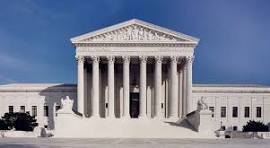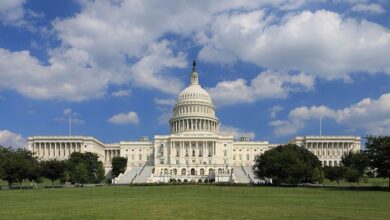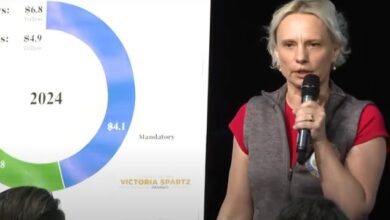The Supreme Court’s Dilemma: The Complexities of January 6th Rioter Convictions

The U.S. legal landscape is witnessing an unprecedented situation as the Supreme Court grapples with appeals arising from the January 6th Capitol riot convictions. A recent appeals court ruling has injected uncertainty into hundreds of these cases, predominantly those charged with obstruction. The crux of the debate centers on defining “corrupt intent,” a key element in the crime of obstructing an official proceeding.
This issue gains complexity considering the varied nature of the January 6th incidents, ranging from breaching the Capitol to assaulting police officers. For those charged with assault, establishing “corrupt intent” is straightforward. However, for others not accused of physical violence, the interpretation becomes murkier. The court aims to differentiate between criminal conduct and traditional protest or lobbying activities, which are integral to civic engagement.
Judge Florence Pan, in the majority opinion, suggested postponing the decision on “corrupt intent” to a more appropriate time, possibly in the pending appeal of Jan. 6 defendant Thomas Robertson, a former Virginia police officer. The stakes are high, as over 300 defendants are charged with obstructing Congress, a crime carrying a maximum 20-year sentence.
The appeals court’s decision, while allowing some obstruction cases to proceed, leaves open the possibility of a narrower definition of “corrupt intent.” This ambiguity poses challenges not only for the current defendants but also for the legal framework governing protest and advocacy in the U.S.
As the Supreme Court and legal system continue to navigate these turbulent waters, the resolution of these cases will have far-reaching implications for the interpretation of criminal intent and the boundary between lawful protest and unlawful obstruction.



